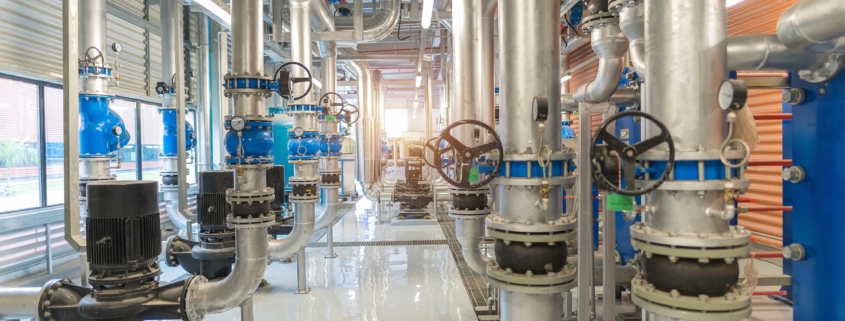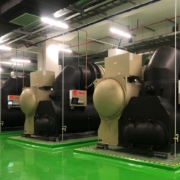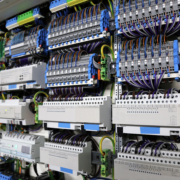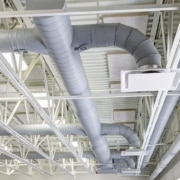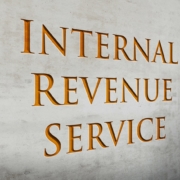Case Study 4 of 8: Qualifying as a designer of energy-efficient properties
Case Study 4 of 8: Qualifying as a designer of energy-efficient properties
For nearly two decades, IRC §179D has provided a tax deduction to property owners who install qualifying energy efficient commercial building property (EECP). Initially part of the Energy Policy Act of 2005, this deduction has become permanent and updated through the passage of the Inflation Reduction Act of 2022.
What IRC §179D provides the framework for establishing that the necessary energy and power cost savings occur to claim the deduction, what has been less clear is whether actual qualification occurs as a “designer.” This is key, as property owners have the right to allocate, whole or in part, the IRC §179D tax deduction. As these tax incentives can be significant, multiple parties engaged in a project may request this transfer. Project can potentially include more than one party that qualifies as a designer based on the services provided.
As IRC §179D regulations have not been published, there remains some confusion as to whether specific parties can make a justified claim for this deduction. Erroneous §179D claims have been made, resulting in audits, challenges, and penalties. To help clarify this situation, the IRS has released several factual case studies. In our continued series of blog posts, we are providing an in-depth look at each case study covered in IRS Memorandum AM 2018-005 with further analysis.
In the fourth case study, the IRS reviews a situation in which a government building owner has decided to replace the HVAC/HW system on an existing building. In this instance, the owner solicited Design-Bid-Build contracts from two specific entities: an engineer and a contractor.
As part of the first contract, the engineer performed an evaluation of the existing HVAC/HW system. As part of the contracted work, the engineer determined that the existing chillers and roof-top units required replacement and new HVAC/HW system controls were needed. The engineer also designed new portions of the system under this contract, creating sealed design drawings and specifications that included the location, type, and size of chillers, roof-top units, and system controls. As the engineer created sealed drawings, the firm took legal responsibility for the design work performed.
The government building owner then took the completed design drawings and specifications to form the basis of a second contract with a second entity. As the design work was complete, this contract was for installation of the designed items by a contractor, a separate entity from the original engineering firm.
After completing the HVAC/HW system per the supplied drawings and specifications, the contractor asked for and received the full §179D deduction related to the HVAC/HW system installation.
Was this correct a correct request and should the government-owned building owner have agreed to it?
The facts are straightforward on this one. The contractor who installed the HVAC/HW system did not design it. Additionally, per the IRS, the contractor had no legal obligations under the Design-Bid-Build contract to provide professional design services to create the contract documents. The second contract did not include any design services, rather it was only for installation services.
Although section 3.03 of the Notice gives the government builder owner discretion to allocate the § 179D deduction among several qualified entities that provide design work, it does not give the government building owner discretion to allocate the deduction – whole or in part – to a person or entity that did not design the EECBP in question. The IRS indicates that the requested allocation be disallowed.
As a side note, in this case study, the IRS also clarifies that while the engineer who designed the HVAC/HW system, the engineer is not able to claim the deduction without an actual allocation from the government-building owner. The request must be made to the government-building owner and agreed upon before it can be correctly taken.
David Diaz is a partner at Walker Reid Strategies, a licensed professional engineering firm specializing in performing §179D studies and §45L certifications. Mr. Diaz is an expert in energy efficiency and specialty tax services who shares his insights at www.walkerreid.com and online through webinars. For more information, contact him at ddiaz@walkerreid.com.

